Introduction
Iron castings are common in many industries, but they can be tricky to design correctly. There are many things to keep in mind when creating them, from the shape and size of the casting to the type of metal used.
In this blog post, we’ll discuss 10 tips for designing strong and durable iron castings. By following these tips, you can ensure that your castings meet your specific requirements while also reducing the likelihood of defects or failure.
1. Choosing the right alloy
Depending on your specific application, you may need a specific type of metal for your iron castings. Common alloys include gray iron, ductile iron, and malleable iron. Each alloy has its own unique properties that make it suitable for a particular application.
Gray iron is the most commonly used alloy for iron castings. It has good tensile strength, excellent wear resistance, and good damping properties. Gray iron also does not require a lot of maintenance, making it easier to use than other types of metals.
Ductile iron is a common alloy used for heavy-duty applications. It has high strength and wear resistance, as well as excellent ductility. This alloy also has good machinability, making it easier to produce castings with complex shapes and designs.
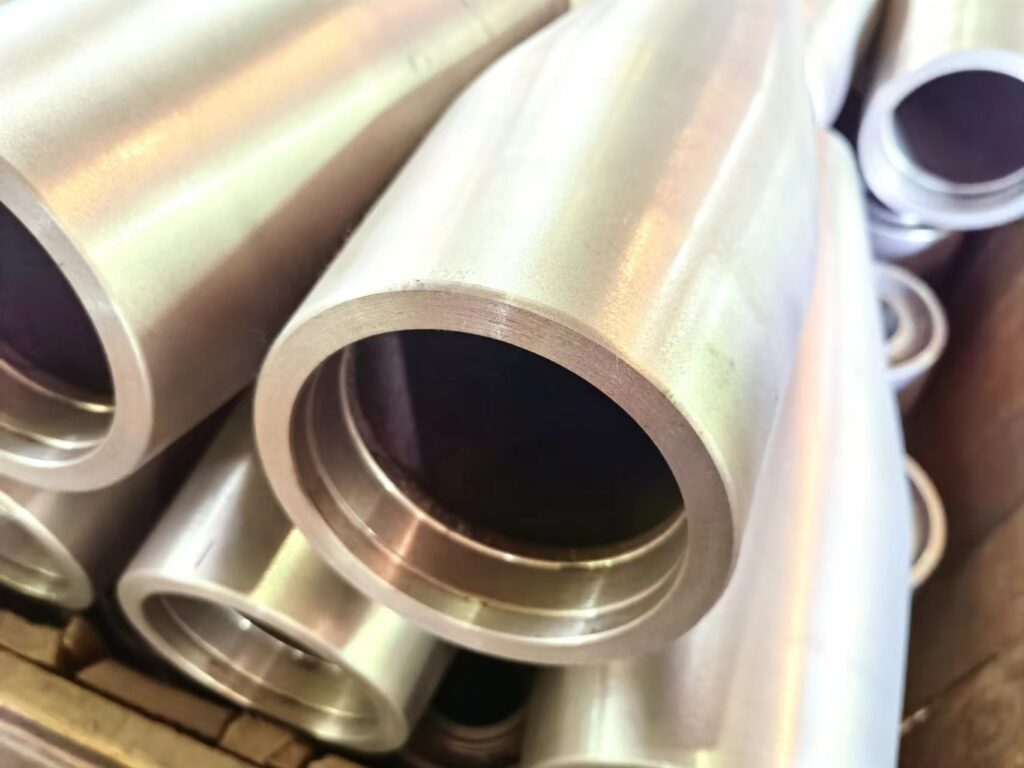
Malleable cast iron is an alloy that is often used for small parts or parts with complex shapes. Its malleability means that it can be bent or shaped to create complex shapes. Malleable cast iron is also more resistant to corrosion than other alloys, making it ideal for certain applications.
When choosing the right alloy for your iron casting, consider the properties and characteristics of each metal before deciding which one is best for your project.
2. Design with dimensional stability
When designing iron castings, you want to make sure that they will retain their shape and dimensions over time, even at extreme temperatures. This is called dimensional stability, and it is an important factor to consider when designing iron castings.
In order to create a design with good dimensional stability, components must be carefully designed to withstand changes in temperature without distortion or twisting. These parts should include high strength alloys that are highly resistant to heat cast iron is dimensionally stable.
It is also important to use proper cooling techniques, such as core temperature control and uniform cooling rates in the mold.
In addition, you need to make sure that your design takes into account any internal stress or strain changes due to thermal expansion. This means that you should use materials with an appropriate coefficient of thermal expansion.
Finally, it is important to consider the effect of mechanical stress on your design, as this can lead to distortion of the casting.
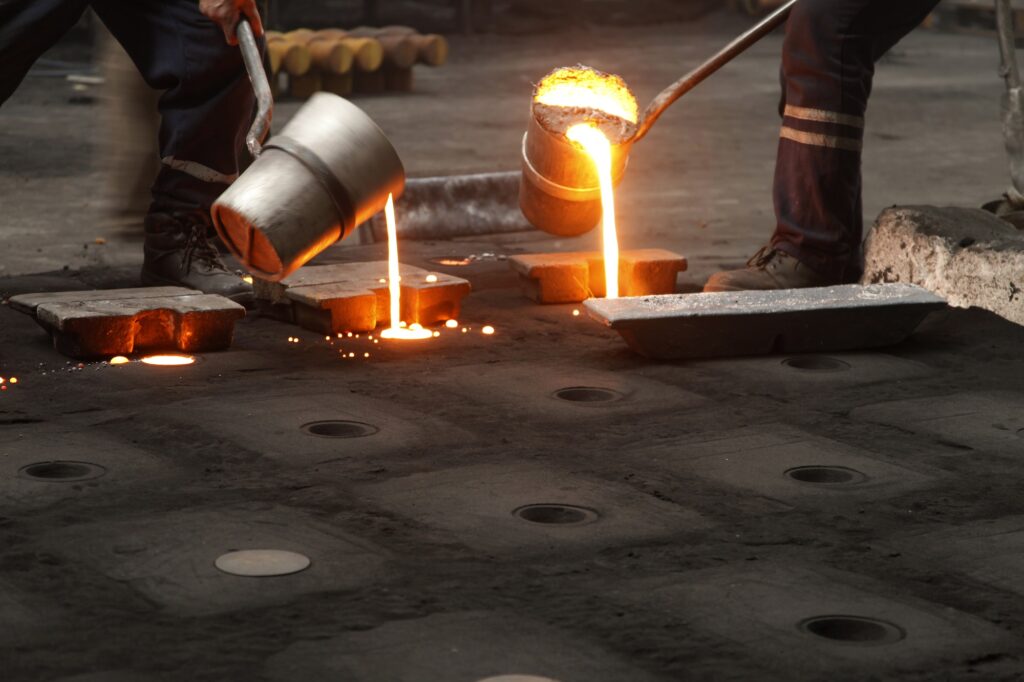
3. Use the right casting technique
Different types of castings require different techniques and processes, so it is important to choose the correct process for your application. Common casting processes include sand casting, die casting and investment casting.
Each process has its own advantages and disadvantages, so it is important that you consider the following issues before choosing a technique for your cast iron project.
Cost – Factors such as size, complexity and production runs will affect the cost of producing the part. For example, die casting may be more expensive than sand casting, but offers greater accuracy and repeatability.
Design – Certain designs can only be produced with certain techniques, so it is important to consider the design of your part when choosing a casting process. For example, investment casting cannot produce complex shapes or hollow parts.
Time – The time required for each process will vary depending on the size and complexity of the part being cast. If you need a part quickly, die casting may be the best choice, as it is usually a faster process compared to sand casting.
Material – The material you use for your part will also affect which technique is appropriate. For example, if you are using cast aluminum or stainless steel, then die casting may be the most appropriate process.
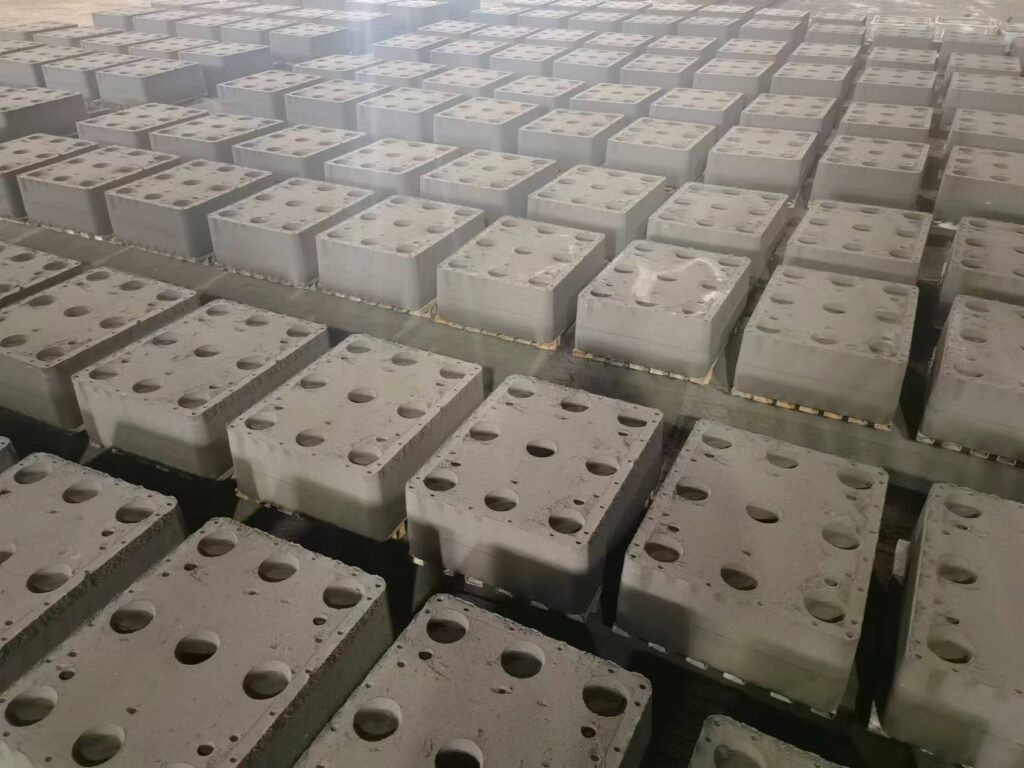
4. Pay attention to draft angle
When making iron castings, the importance of the draft angle cannot be overstated in order to ensure that they can be removed from the mold. In the design of the casting, it is necessary to pay attention to the angle between the surface of the product and its sidewalls in order to facilitate casting with a mold and to reduce production costs. This angle is known as the draft or pull angle.
Generally, the pull angle is between 2 and 3 degrees when designing a casting. This angle helps ensure that the casting can be easily removed from the mold and can be machined without distortion. If the draw angle is too small, it may cause difficulty in removing the casting from the mold or put stress on other parts of the product. On the other hand, if the draft angle is too large, it can cause the casting to stick too tightly in the mold, resulting in air pockets or other defects.
In summary, it is important to consider the draft angle when designing your castings. By paying attention to this angle, you can ensure that your product can be easily removed from the mold and finished with minimal distortion. This can lead to cost savings in the production process and can result in a higher quality product.
5. Choosing the right core material
Depending on the shape and size of your casting, you may need to use a core material such as sand or wax in order to create complex designs or hollow sections in your casting. When choosing a core material, you need to consider the strength and stability of the material, its thermal properties, and how it reacts when in contact with molten metal.
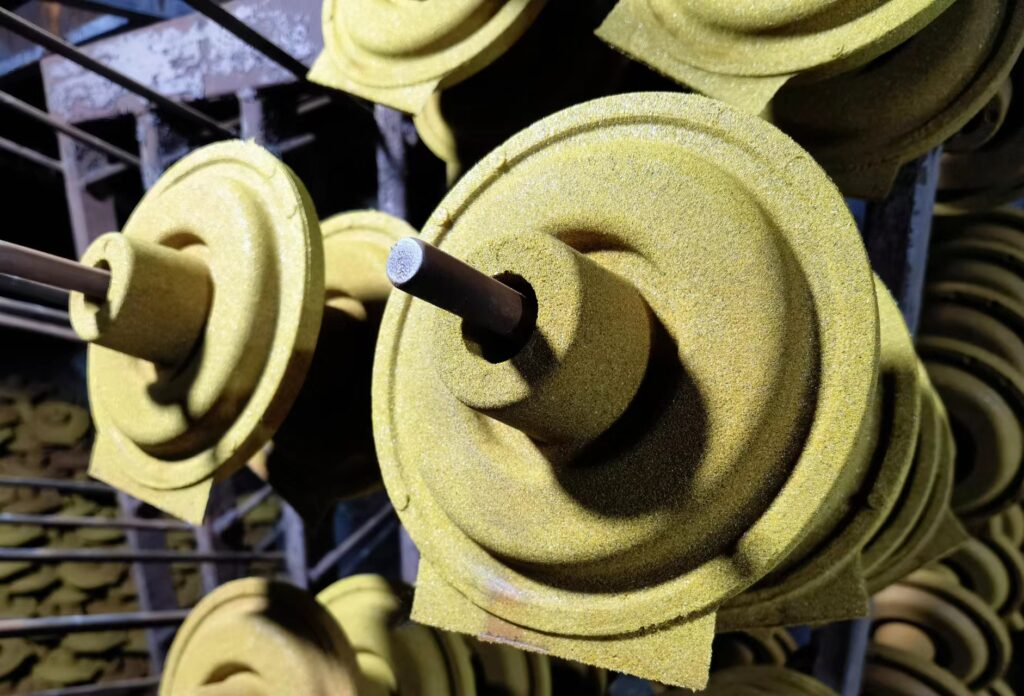
Sand is one of the most commonly used core materials because it is low cost and relatively easy to use. It has excellent durability and can withstand high temperatures, making it an ideal material.
Wax is also a popular choice because it can be easily melted and poured into complex molds. However, wax has poor heat resistance, so it is not suitable for heavy-duty applications.
The best material for the casting depends on the application and the complexity of the desired design. It is important to choose a core material before evaluating all your options to ensure it meets your requirements and produces the desired results. By choosing the right core material, you can create castings with lasting strength and quality.
6. Incorporate shrinkage into your design
In some cases, iron castings will shrink as they cool and solidify after casting. Be sure to take this into account when designing your castings to avoid defects or weak spots due to uneven cooling.
Shrinkage can range from 1-6%, depending on the type of iron being cast, so engineers must take this shrinkage into account when designing a casting to ensure it meets the desired specifications. For example, the designer must consider how much space should be available for each wall thickness, since the wall thickness will thin as it cools and solidifies.
To avoid the problem of shrinkage, designers should consider the type of iron being cast and adjust their design accordingly. In addition, they may consider using special pouring methods or other measures to reduce shrinkage. By considering all these factors, engineers can create strong and reliable iron castings with fewer defects or weak spots due to uneven cooling.
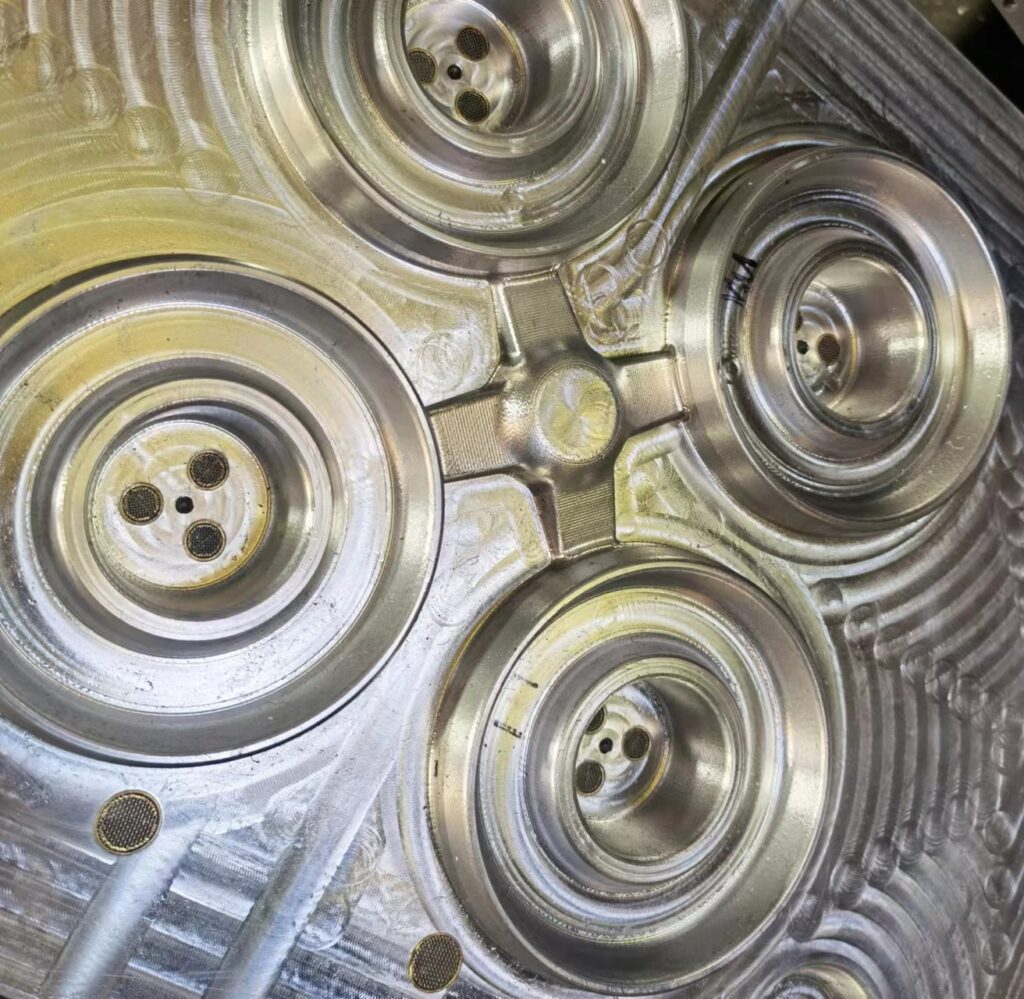
7. Ensure adequate venting
Vents are necessary for proper air flow during the casting process, allowing air and gases to escape from the mold as the metal is poured. Without adequate vents, air and gas will be trapped in the mold, resulting in poor quality castings.
In fact, if designers do not provide adequate vents for their iron castings, the castings can be ruined by air pockets or other defects. This not only increases the cost associated with the casting project, but also wastes valuable time and resources.
When considering vents for iron castings, designers must take into account many factors, including the size and location of the vents and whether they should be opened or closed.
For example, proper vents can help prevent air locking that can lead to poor castings. In addition, it is important to ensure that the vents are wide enough and placed in the proper location in the mold so that air and gases can escape properly.
Keeping adequate vents in mind during the design of iron castings will ultimately save time, resources and money while ensuring high quality castings.
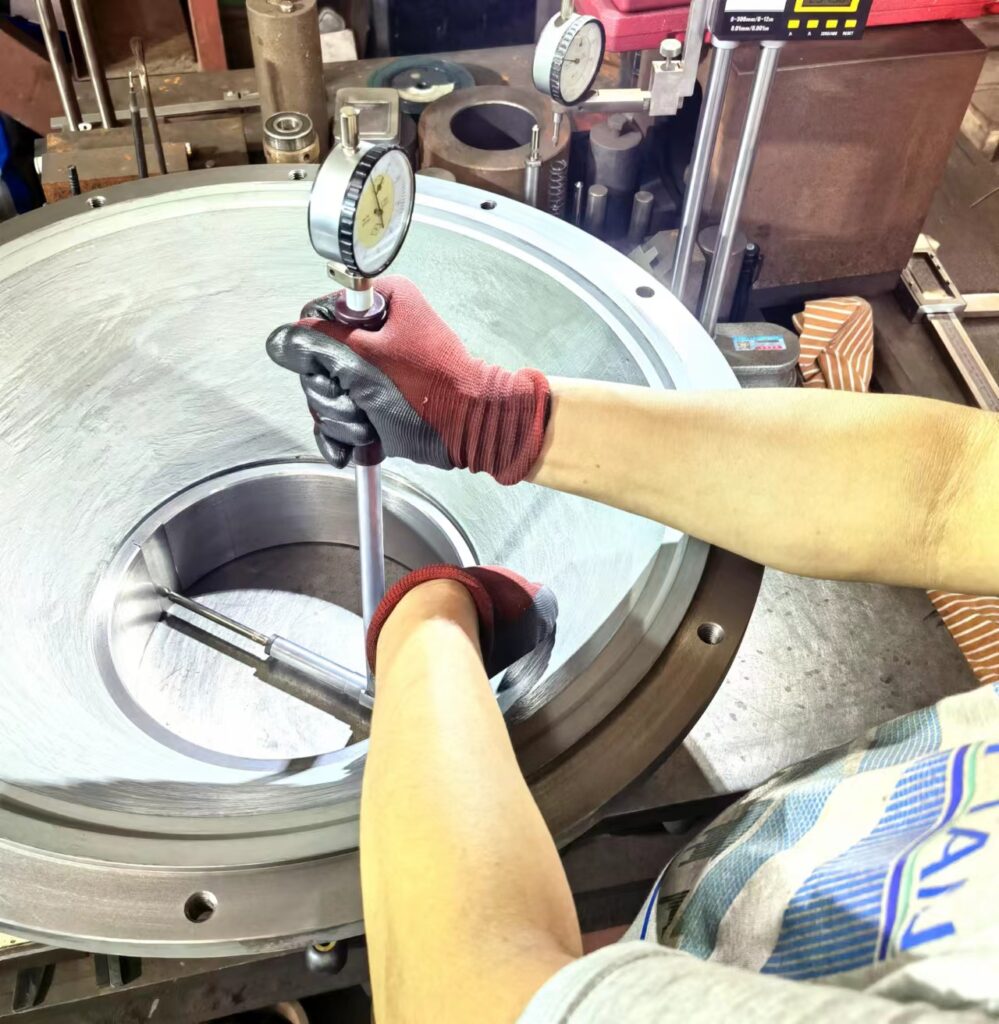
8. Maintain accurate measurements
When making iron castings, measurements must be precise to ensure they meet your desired specifications. In order to achieve this, you must use accurate measuring tools such as calipers or micrometers.
Even so, there is still room for human error in the measurement process. Inaccurate measurements can result in castings that do not meet the design specifications.
For this reason, it is important to double-check measurements and refer to quality control documentation throughout the process. The quality assurance team should also inspect all castings prior to production.
By taking these additional steps, you can ensure that your iron castings meet the expected design specifications. In the long run, this will help save time and money by avoiding costly mistakes. It will also allow you to provide your customers with a high quality product. Ultimately, accurate measurements are key when designing iron castings and should not be overlooked.
9. Calculations must be accurate
When designing iron castings, calculations such as thickness and surface area are necessary to ensure that they meet your desired specifications. Be sure to use the correct formulas and perform accurate calculations to achieve the best results.
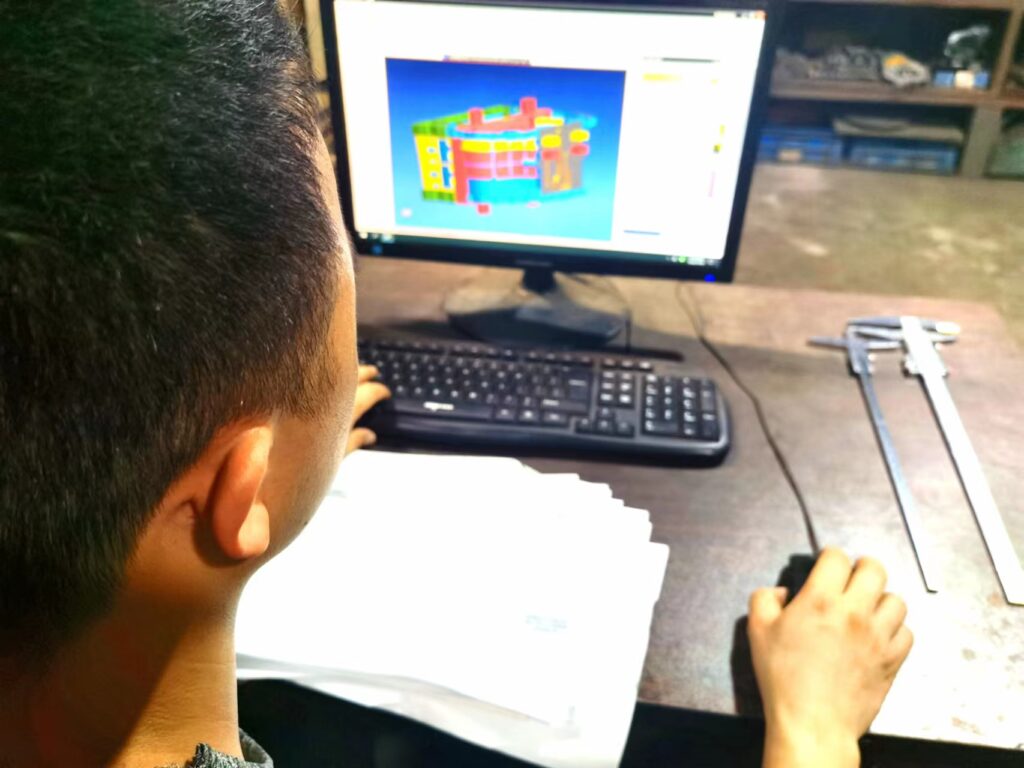
Failure to do so can lead to a number of problems, from incorrect dimensions and material waste to structural integrity issues. For example, failure to accurately calculate the thickness of an iron casting may result in it being too thin or too thick for your desired application. This may mean that the casting is not strong enough for its intended purpose.
To ensure that your iron castings are manufactured to the exact specifications you need, it is important to make sure that all calculations are accurate. Using an experienced engineering team and the latest CAD or 3D technology can help you maximize accuracy and get the best results from your iron castings. With their expertise in designing and producing high-quality castings, they can help you avoid potential problems and ensure the success of your project.
10. Work with an experienced casting supplier
Working with a professional foundry can help you ensure that your iron castings have the right design and are manufactured to the highest quality standards. They can also advise you on any other factors that may need to be considered for your specific application.
We are Castimoo, a supplier dedicated to the design, production and machining of iron castings, with over 30 years of experience in the field of grey and ductile cast iron. Under the leadership of a university professor specializing in casting, the casting products are unanimously approved by domestic and foreign customers. If you also have plans to purchase iron castings in China, please feel free to contact us.
Conclusion
By following these 10 tips, you can design iron castings that meet your exact requirements while avoiding costly mistakes and defects. Therefore, keep these tips in mind when designing and seek the help of a professional foundry to ensure the best results. Never forget that custom casting is a technically intensive process that must be taken seriously.
